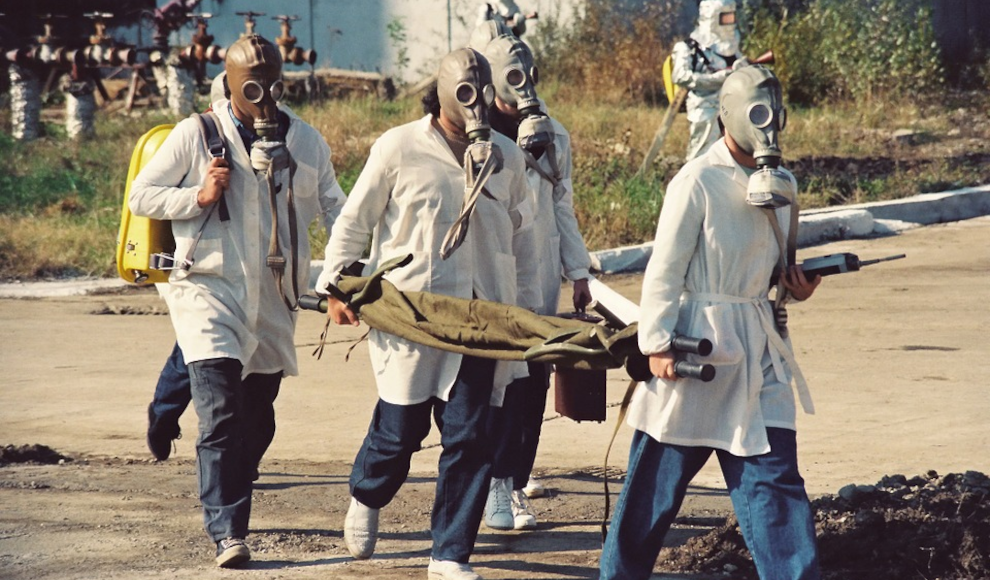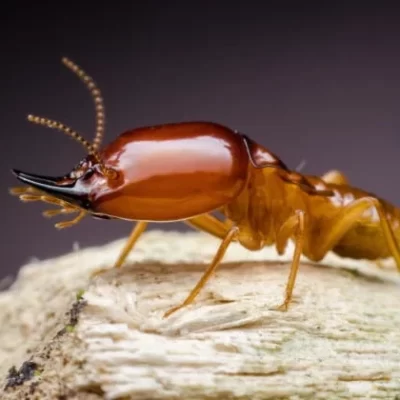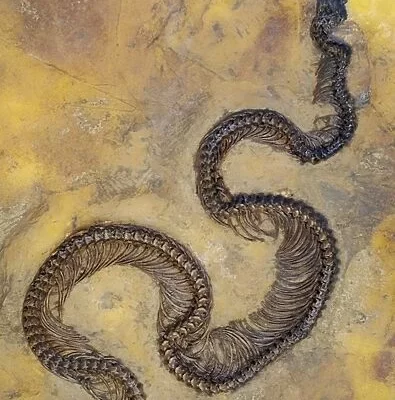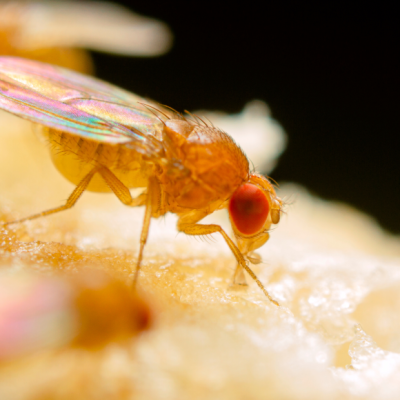Insects may be the key to proving war crimes and the use of banned weapons, according to a recent study. The United Nations Chemical Weapons Convention has banned the use, development, production, possession, and transfer of chemical weapons since 1997. However, many member states still possess these weapons, and they continue to be used in conflicts, such as the attacks on Sergei Skripal and Alexei Navalny. The problem with proving the use of chemical weapons is that they can only be detected for a short time in the environment or in the human body.
Chemical weapons, such as nerve agents, react immediately with proteins in the human body, making them detectable for only a few days through breakdown products. In the environment, organophosphates, which are the main components of chemical weapons, break down quickly when in contact with water. However, researchers at Indiana University have found a new method to detect the use of chemical weapons up to two weeks after their use. The method involves using blowflies, which can ingest chemical weapons and their byproducts when they are used in their habitat.
The researchers conducted an experiment with three different types of blowflies and three substances that simulated chemical weapons. Two weeks after the blowflies had contact with the substances, the researchers killed them and extracted their organs for analysis. They were able to detect the three substances using mass spectrometry, which would not have been possible with conventional environmental samples. This study shows that blowflies can be used to detect the use of chemical weapons, even in hard-to-reach or restricted areas.
This new method could be a game-changer in proving the use of chemical weapons in conflicts and holding those responsible accountable for their actions. It also highlights the importance of protecting the environment and the role that insects play in detecting and monitoring pollutants.










